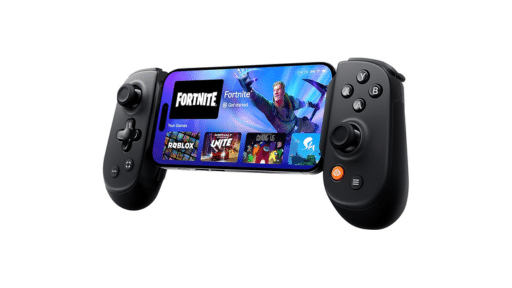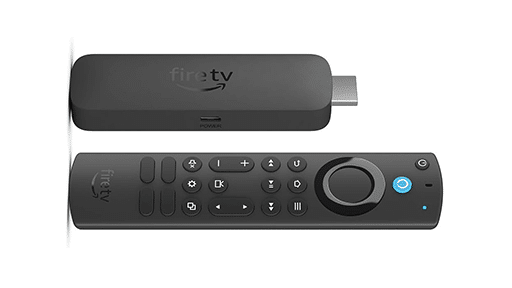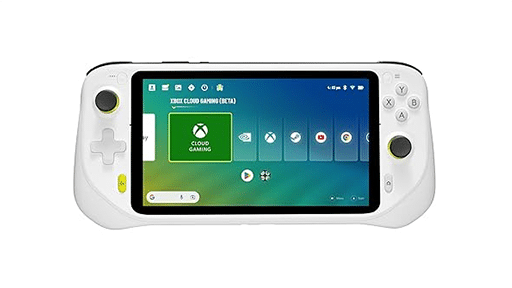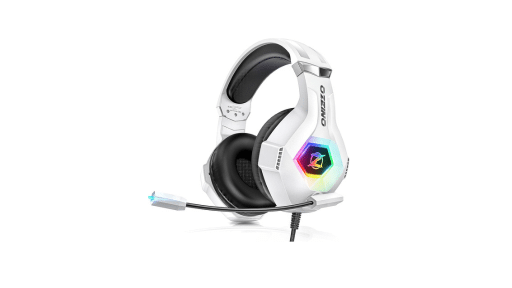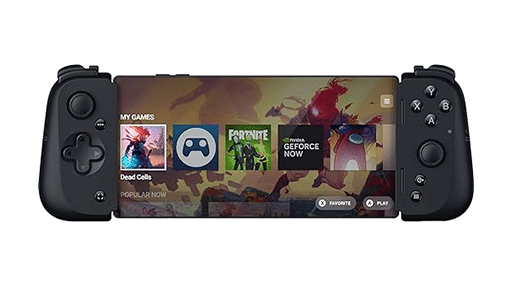In March of 2014, I was a new father. My baby girl was only a month old and Hearthstone had just launched. Based on the Warcraft series, this one game was the first of what would become a storm of digital collectible card games. It was original and had an amazing presentation. The game was tough, but it was fair. And although 250 cards was a lot, collecting them all felt achievable. Like many free-to-play games, Hearthstone had quests that incentivized me to jump on daily too. As a dad who was incredibly broke, I had very little money to invest in game consoles at the time, and there were few games that I had access to. I’ve always been more of an action-gamer, but Hearthstone’s card-game tactics clicked with me. For some reason, Hearthstone was the right game at the right time. It sunk its teeth into me, and I logged on every day to complete my daily quests.
I loved Hearthstone. I devoured everything I could about it, including podcasts, news, discussion boards and guides. I would continue to play Hearthstone for another eight years, all the way to the present day. I enjoy all kinds of games across every genre; I’m currently playing Dragon Quest, Red Dead, Destiny and Gran Turismo. My all time favorites games are Final Fantasy 12, Metal Gear Solid 5, and Breath of the Wild. I adore the Super Mario series, and Ratchet and Clank is one of my favorite duos. However, I haven’t played any of those games as much as I’ve played Hearthstone.
My story isn’t unique. There are hundreds of millions of players with stories just like mine who dedicate the bulk of their free time to a single game. Many of these people don’t even identify themselves as gamers, as that usually suggests that one owns a gaming console and buys several titles a year. Gamers certainly play live service games, but non-gamers do too. I have a friend that only plays Warzone. I have tried countless times to get him to try other titles, but he won’t. He ONLY plays Warzone. Last week, he spent $3700 on a computer so that he could play the game with the best graphics possible. Despite playing for three hours a day, He doesn’t self-identify as a gamer.
Live service games have become a dominant force in gaming. While there continues to be an audience for traditional games, it’s become clear that there is a lot of money in free to play, continuously updated ecosystems. For context, one of the best selling games in 2022 is Elden Ring. Even though that game has hovered at the top of the charts since its release, it has still only sold upwards of 16 million copies. Compare that to the following live service game monthly logins… (I pulled these from various data sources around the internet and some of them are estimates)
- League of Legends: 100+ million unique players monthly
- Warzone: 100+ million unique players monthly
- Fortnite: 100+ million unique players monthly
- Destiny 2: 30+ million unique players monthly
- Counter-Strike GO: 24+ million unique players monthly
- Hearthstone: 20+ million unique players monthly
If you’ve played any of these games, you’ll know that “keeping up” with them is a hobby unto itself. Many of these games employ a battle pass, encouraging their users to commit to the game for the season to extract as much value as possible. When you play Warzone, for example, you’re not engaging as a “gamer” you’re engaging as a “Warzone player.”
This presents a unique problem for Stadia as a platform. While it’s good and necessary that Google continues to court and even pay developers of these live services to bring their games to Stadia, there’s no guarantee that the players will migrate from a platform they’re already playing their game on. The fans who enjoy these games already have the platforms necessary to enjoy them, after all. While Stadia offers unique advantages through phone and tablet gaming on the go; that makes it a secondary service, rather than a primary.
“No problem,” you might say, “Stadia will attract new players to those games.” But we can’t be so sure of that. It’s not easy starting Destiny 2 as a new player. The PUBG tutorial takes hours. Start your first match in League of Legends and let me know how it goes. The opening hours of these games are terrifying for new players.
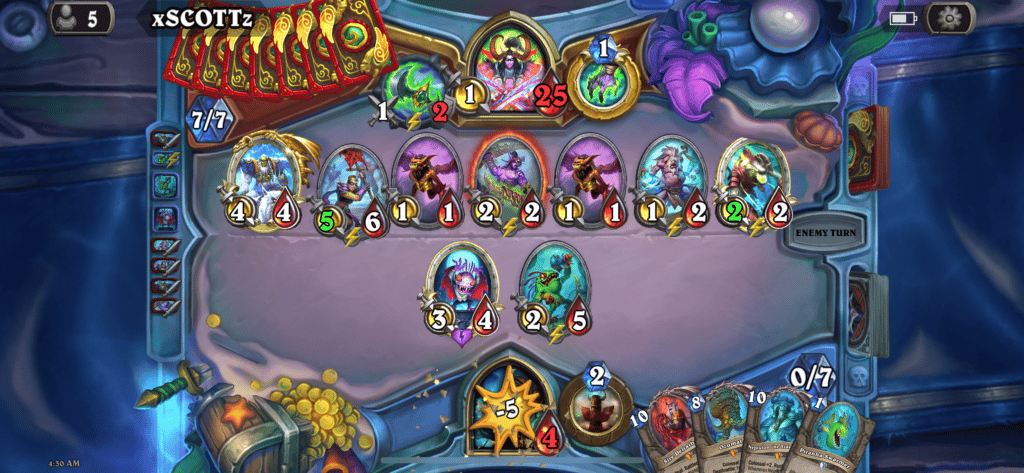
I introduced my girlfriend to Hearthstone a month ago, and she has played every day since. We will often sit on the couch together while I watch her play and help her figure out the right moves. Yet for all the time I’ve spent in the last month guiding her, She still doesn’t know how to craft cards (which is a basic function of the game). That’s with me spending a dozen hours over her shoulder, guiding her through the experience. If you spent twenty-five hours with a card game and still didn’t fully understand how to get more cards, would you really keep playing? She probably will since its an excuse to spend time together.
Earlier this month, Rainbow Six Siege was free to play for the week. I’ve always loved the idea of Siege but could never justify the expense to take the plunge. I spent three hours going through the tutorial, navigating menus, and playing casual matches. Yet once I got in that house, having no guidance, I got completely destroyed. In three hours I didn’t land a single shot on an opponent. Most matches, I didn’t even get to pull the trigger. Bear in mind I’m a pretty decent player in shooting games, and can normally get a couple of kills in a Warzone match. I understand that Siege is a good game, and I will always love the idea of it. But, rest assured, I will never pick that game up again.
On top of the difficulty of “catching up” to the skills of other players, there’s complexity in the mechanics as well. Hearthstone and Destiny are convoluted messes with years of legacy content, complicated economies, giant gaps between “haves” and “have nots” and an overabundance of choice between activities. When these games launched, they were young, straightforward and simple, but to keep their players engaged they had to introduce complexity. 5 years on for Destiny and the only thing that has remained constant since launch is the fact that you shoot aliens.
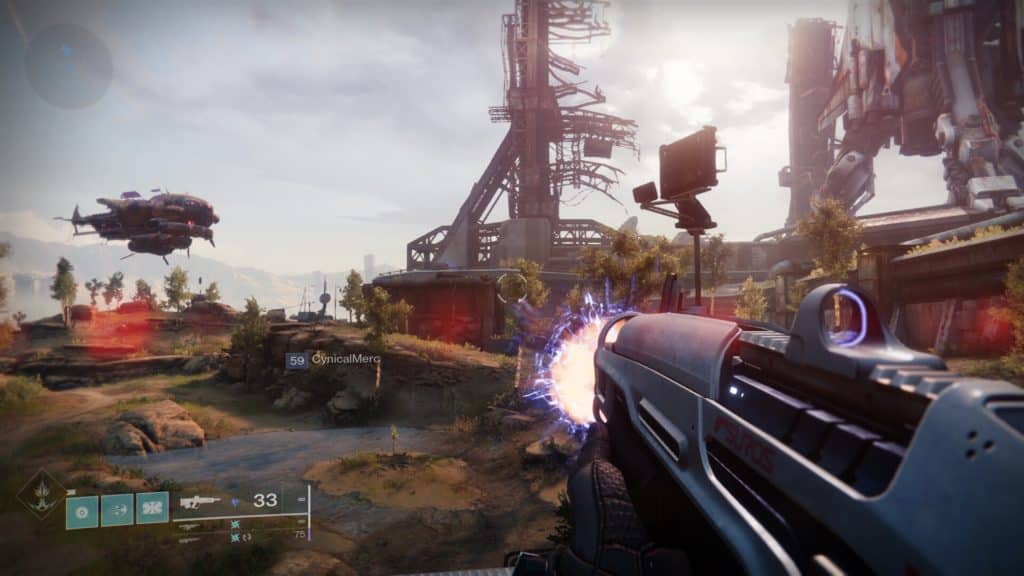
Destiny 2 has its player base, just like any other live service game. But, introducing new players to that experience is a tall order, especially if they are inexperienced or lapsed gamers trying Stadia for the first time. Imagine learning for the first time that you can exchange Glimmer and Microphasic Datalattice for an Ascendant Shard. What the hell does any of that mean?
It’s a catch-22 because legacy players of these live service games don’t necessarily have a lot to gain from Stadia, and yet new players don’t necessarily gain much from live-service games on Stadia either. But these games NEED to be there because big, well-known names are needed to legitimize Stadia as a serious gaming platform. Big AAA single player games are great and so is the beloved indie library, but that’s simply not what a lot of people play. Most gamers, by population, play live-service games. Stadia’s solution long term is to get infant live service titles early while they are young and need an audience, but Stadia doesn’t have the numbers to be an attractive first choice for a developer. Stadia, for the next couple of years at least, is going to be the third or 4th choice. Not because it’s a bad platform, but because PlayStation and Nintendo have a hundred-million users. The choice is obvious. You go where the people are.
The complexity doesn’t end there. When Xbox launched in 2001, the strategy was much more black and white. Microsoft needed a library of strong exclusive titles and innovative ideas like online play to contend with a cocky PlayStation and a flailing Nintendo. They were only competing with two other companies that were each going in very different directions. Carving a space in the middle was difficult, but doable. Contrast that to 2022, when there are 3 very healthy gaming companies all competing for the same audience. Nintendo, Microsoft and Sony all make AAA first-party games, court indie developers, cater to niche audiences (JRPG, racing and fighting), emphasize online gaming, add value through curated subscription services, and have libraries that cater to younger and older gamers. The competition is loaded, entrenched, defensive, and cut-throat. Stadia needs to find a way to compete by courting third-party developers. But many of the big third-party developers are focusing on live-service games. So, here we are again.
Its a complicated situation, but its a solvable one. In a future article, we will explore strategies that Google can use to solidify their place in the market. The competition in 2022 is absolutely cut-throat, but Stadia stands a fighting chance.

